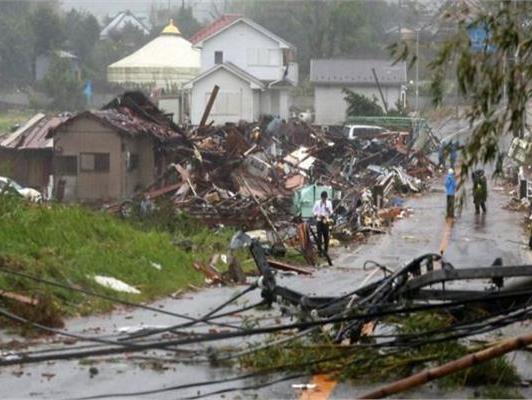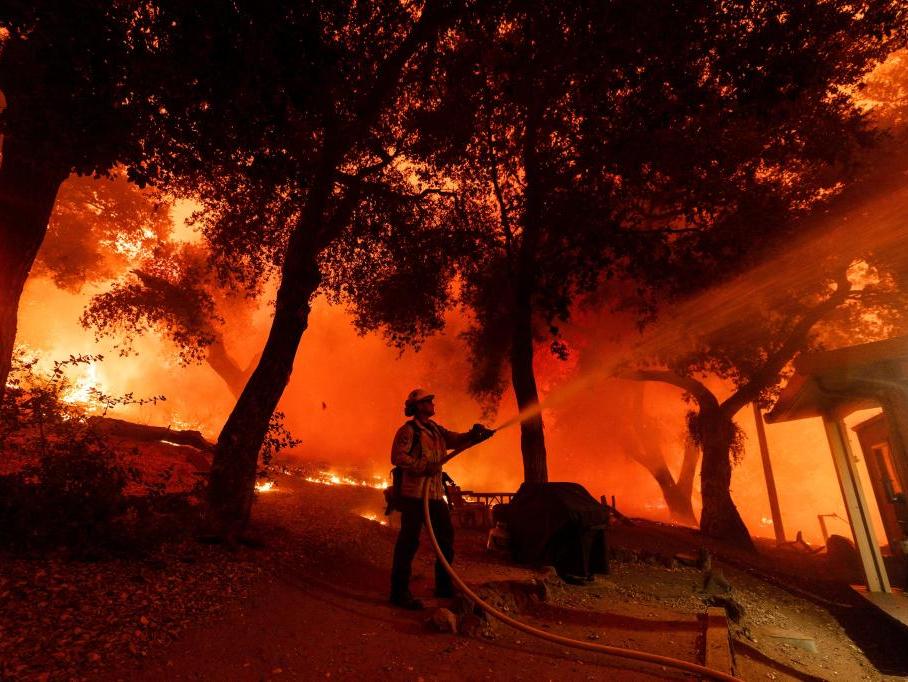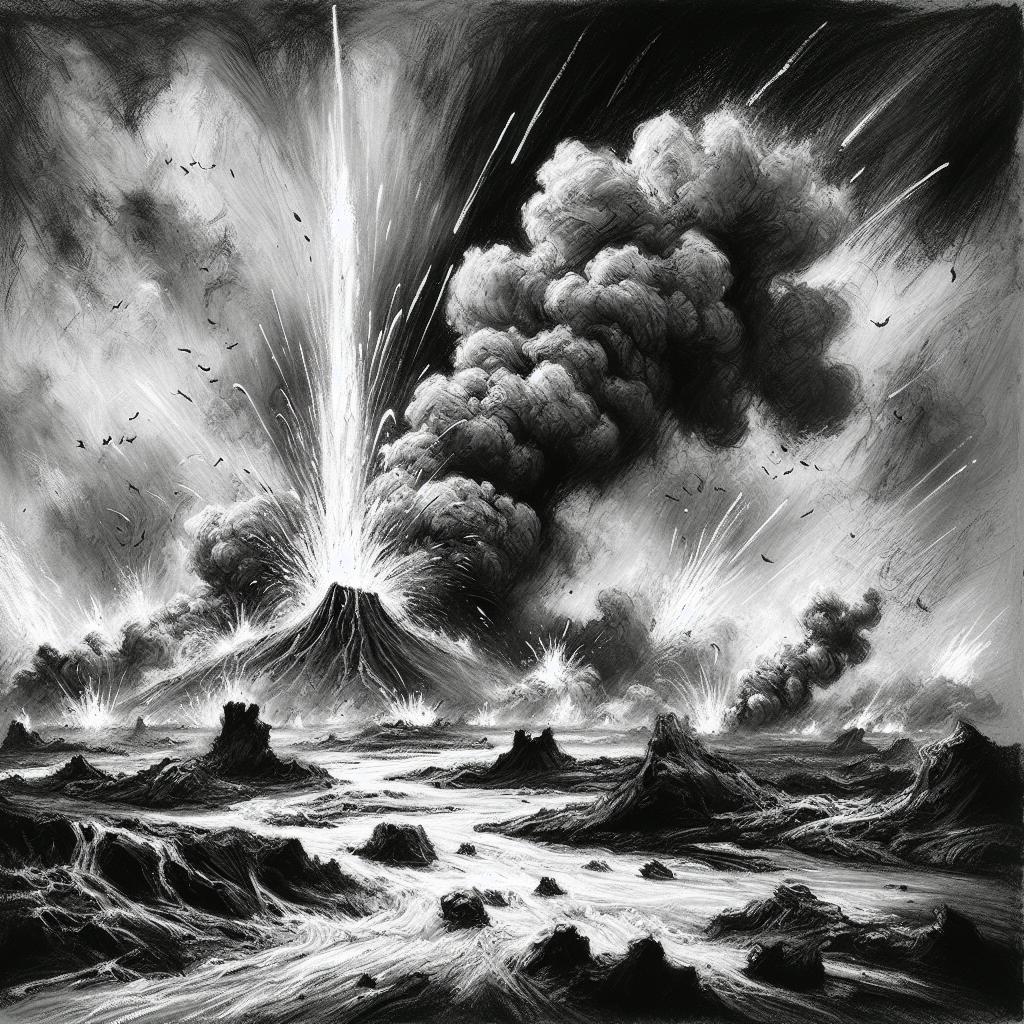Typhoon Shanshan, one of the most powerful storms to hit Japan in recent decades, has left a trail of destruction across the country, with conflicting reports on the death toll ranging from 6 to 108. The discrepancy in reported fatalities highlights the ongoing chaos and difficulty in assessing the full impact of the disaster. Regardless of the exact number, it’s clear that the typhoon has caused significant loss of life and widespread injuries, with hundreds reported hurt.The storm has brought record-breaking rainfall to parts of Japan, with the city of Misato in Kyushu recording an unprecedented 791.5 millimeters (31 inches) of rain in just 48 hours. This extreme precipitation has led to severe flooding and landslides, particularly in mountainous areas. The Japan Meteorological Agency (JMA) has issued its highest level of warning for flooding, tidal waves, and landslides in several regions.The impact on infrastructure and daily life has been severe. Over 250,000 households have experienced power outages, and there are reports of damage to at least 200 buildings. Transportation networks have been severely disrupted, with over 1,000 flights canceled, high-speed rail services suspended, and major highways closed. The storm has also forced the suspension of production at several major companies, including Toyota, Nissan, and Honda.Authorities have advised over 5 million people to evacuate, though it’s unclear how many have complied with these orders. Government spokesperson Yoshimasa Hayashi emphasized the ongoing danger, stating, ‘We urge everyone to take necessary precautions and follow evacuation orders’.As Shanshan moves towards central and eastern Japan, including Tokyo, concerns are growing about the potential for further damage. The storm’s impact has been exacerbated by climate change, with a recent study suggesting that typhoons in the region are forming closer to coastlines, intensifying more rapidly, and lasting longer over land. Ralf Toumi, director of the Grantham Institute at Imperial College London, warned, ‘Without phasing out fossil fuels, the root cause of climate change, typhoons will bring even greater devastation to Japan’.
Key points
- Typhoon Shanshan has caused widespread destruction in Japan, with conflicting reports on the death toll ranging from 6 to 108.
- Record-breaking rainfall has led to severe flooding and landslides, with some areas receiving over 791.
- Over 5 million people have been advised to evacuate, and major disruptions to power, transportation, and industry continue.
- The impact of the typhoon has been exacerbated by climate change, raising concerns about future storms.
5 mm of rain in 48 hours.
Contradictions👾There are significant discrepancies in the reported death toll, with figures ranging from 6 to 108.
This contradiction highlights the ongoing difficulty in assessing the full impact of the disaster.



